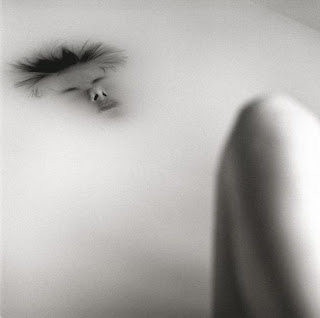Lessons are taught in a small group involving individual, partner and group practice. Students are all at different stages of learning the palm changes. Each person receives tutoring and correction appropriate to their level of practice. Partnering helps me to see how a palm change can be used and where to focus attention.
I think that it is good that the student who wishes to learn bagua with our school is asked to show competency for the first palm change. This is on top of their tai chi training. The palm changes are hard and you have to be serious to learn them. It isn't like just learning another new, fancy form.
(Rachel Waller)
I think that it is good that the student who wishes to learn bagua with our school is asked to show competency for the first palm change. This is on top of their tai chi training. The palm changes are hard and you have to be serious to learn them. It isn't like just learning another new, fancy form.
(Rachel Waller)













